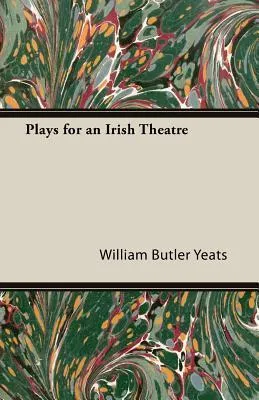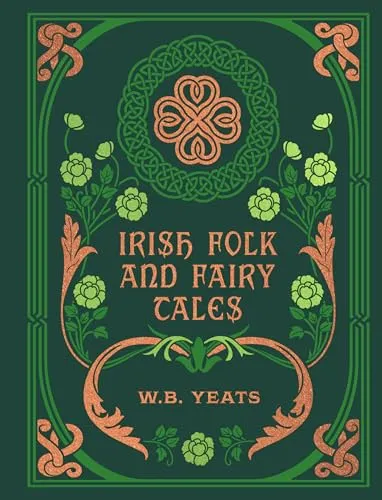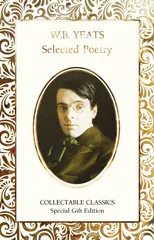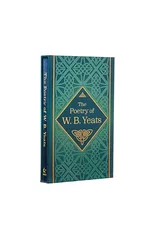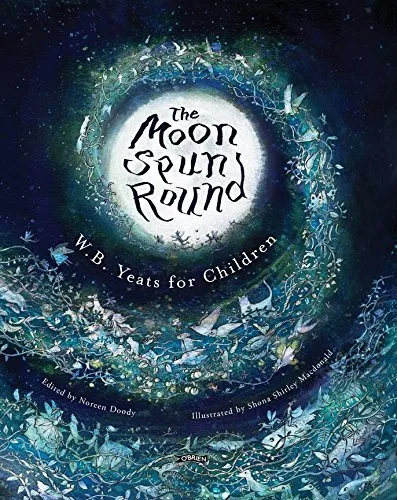Plays For An Irish Theatre
(Author) W.B. YeatsThis historic book may have numerous typos and missing text. Purchasers can usually download a free scanned copy of the original book (without typos) from the publisher. Not indexed. Not illustrated. 1917 edition. Excerpt: ... (6) Columns for Discount on Purchases and Discount on Notes on the same side of the Cash Book; (c) Columns for Discount on Sales and Cash Sales on the debit side of the Cash Book; (d) Departmental columns in the Sales Book and in the Purchase Book. Controlling Accounts.--The addition of special columns in books of original entry makes possible the keeping of Controlling Accounts. The most common examples of such accounts are Accounts Receivable account and Accounts Payable account. These summary accounts, respectively, displace individual customers' and creditors' accounts in the Ledger. The customers' accounts are then segregated in another book called the Sales Ledger or Customers' Ledger, while the creditors' accounts are kept in the Purchase or Creditors' Ledger. The original Ledger, now much reduced in size, is called the General Ledger. The Trial Balance now refers to the accounts in the General Ledger. It is evident that the task of taking a Trial Balance is greatly simplified because so many fewer accounts are involved. A Schedule of Accounts Receivable is then prepared, consisting of the balances found in the Sales Ledger, and its total must agree with the balance of the Accounts Receivable account shown in the Trial Balance. A similar Schedule of Accounts Payable, made up of all the balances in the Purchase Ledger, is prepared, and it must agree with the balance of the Accounts Payable account of the General Ledger." The Balance Sheet.--In the more elementary part of the text, the student learned how to prepare a Statement of Assets and Liabilities for the purpose of disclosing the net capital of an enterprise. In the present chapter he was shown how to prepare a similar statement, the Balance Sheet. For all practical...
W.B. Yeats
W.B. Yeats was an Irish poet, playwright, and one of the most prominent figures of 20th-century literature. Known for his lyrical and mystical poetry, Yeats's works often explored themes of mythology, symbolism, and the occult. Some of his most notable works include "The Tower," "The Wild Swans at Coole," and "The Second Coming."
Yeats played a significant role in the Irish Literary Revival and was a key figure in the development of modernist poetry. His poetic style combined traditional Irish folklore with modernist techniques, creating a unique and influential body of work that continues to inspire generations of poets and writers.
One of Yeats's most famous works is "The Lake Isle of Innisfree," a poem that reflects his deep connection to the Irish landscape and his longing for a simpler way of life. Yeats's contributions to literature, his innovative style, and his enduring influence make him a towering figure in the world of poetry and literature.
